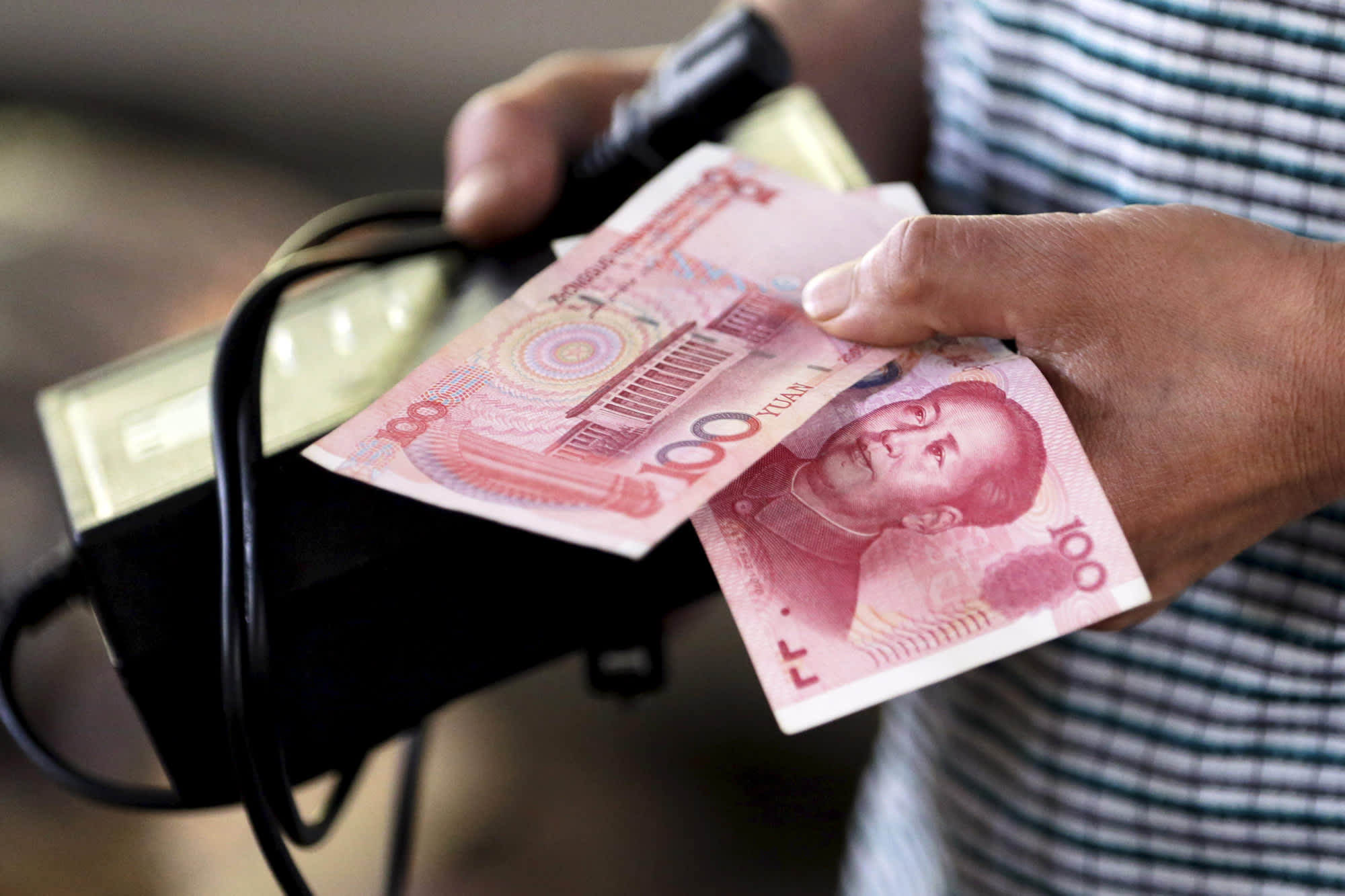Potash prices are in the dumps, but the battered shares of companies that produce the crop nutrient have been nudging higher, suggesting the worst days for the sector may be behind it.
The hope now: A prolonged comeback is in the works for stocks such as Germany’s K+S AG and Canada’s Nutrien Ltd., whose share prices are down 56 per cent and 44 per cent, respectively, from highs just 14 months ago.
“We think the bottom of the potash market has effectively arrived,” said Ben Isaacson, an analyst at Bank of Nova Scotia, in a note this week.
Potash doesn’t usually attract the level of attention of more economically important commodities such as copper or crude oil.
But that changed earlier this month when Canpotex, a joint venture that markets Canadian potash exports from Nutrien and U.S.-based Mosaic Co., reached a deal with China to sell the commodity through the end of this year at just US$307 per tonne.
To put that in perspective, the price is 48 per cent below that of the previous contract with China, according to numbers from Raymond James. And it is 27 per cent below the price of a contract with India that was settled just two months ago.
If that sounds like bad news, it is.
Commodity prices naturally underpin the financial performance of fertilizer producers. In its latest quarterly report, Nutrien said sales during the first three months of 2023 fell 20 per cent year-over-year. Net earnings fell 58 per cent.
Weaker potash prices, reflected in the latest Canpotex contract, could weigh on profits for the rest of the year.
This week, K+S responded by slashing guidance on its 2023 EBITDA – or earnings before interest, taxes depreciation and amortization – at a time when fertilizer prices are also lower in Brazil and buyers are taking a “wait-and-see” attitude toward crop inputs.
Yet, there is a case for buying these stocks when the outlook is particularly grim. Already, some brave investors appear to be nibbling at the lows.
K+S shares (ticker: SDF on Germany’s Xetra exchange) have stirred from recent lows earlier this month, rising almost 4 per cent since the Canpotex deal was announced June 6.
Nutrien’s share price (NTR-T +0.34%increase in Toronto and New York), though still the worst performer within the S&P/TSX 60 Index this year, has risen almost 11 per cent in Toronto from an intraday low on June 6.
Mr. Isaacson raised his recommendation this week on K+S to the equivalent of “hold” from “sell,” arguing that he is “slowly becoming a contrarian potash bull.”
He believes the Canpotex deal likely marked the low point for potash prices because key reasons for recent weak shipments of fertilizer, including limited availability and high prices, have now cleared. As for K+S specifically, he believes the company’s slashed financial guidance this week was already priced into the stock.
There is even an argument that the Canpotex deal could be good news for potash producers in the longer term.
Steve Hansen, an analyst at Raymond James, said this week that the deal’s low price marks a global floor for potash and should reinvigorate demand for crop nutrients in the second half of this year and into the first half of 2024.
“Against this backdrop, we also highlight that rapidly deteriorating U.S. crop conditions have put a solid bid under corn in recent weeks – historically a key leading indicator for fertilizer equities,” Mr. Hansen said in a note.
Corn futures on the Chicago Board of Trade have risen more than 7 per cent over the past month.
In the wake of the Canpotex announcement, Mr. Hansen trimmed his price target on Nutrien – his estimate of the share price within 12 months – to US$80 from US$85. Still, the lower target implies a gain of more than 30 per cent from the current price, underscoring the analyst’s enthusiasm for the stock.
If a rebound takes longer, investors should keep in mind that Nutrien and K+S are providing attractive incentives for investors to stay put.
Nutrien returned US$1.1-billion to shareholders through dividends and share repurchases in the first quarter alone, and the dividend yield on the stock is now above 3.6 per cent. K+S is also buying back its own shares and offers a dividend yield of 6.4 per cent.
These aren’t great days for potash prices – and investors may want to seize the opportunity.

